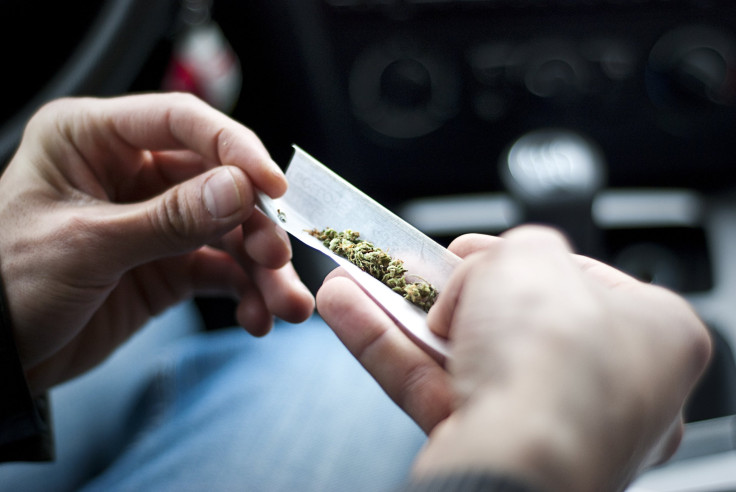Driving Under The Influence Of Marijuana Appears Safer Than Drunk Driving, But The Data Isn't There

“Don’t drink and drive” has become a mantra for anyone with a driver’s license. After all, it’s incredibly convenient to have a car available after a night out with friends — no need for public transportation or wasting money on a cab. But that doesn’t mean it’s OK to drive drunk; an estimated 32 percent of all fatal car crashes in the U.S. involve an intoxicated driver. But what about when it comes to driving under the influence of marijuana?
Two new studies from the National Highway Traffic Safety Administration (NHTSA) have found driving while high on weed could be far safer than driving while intoxicated, even if neither should be done. Specifically, one study found drunk drivers with a blood alcohol level of 0.08 (the legal limit) were 400 percent more likely to crash their cars than sober drivers. Their high-on-weed counterparts, meanwhile, were only about 25 percent more likely to crash a car. That risk went down even further, though, when accounting for age, gender, and race, putting risk of a crash at around five percent.
The researchers suggested the drastic drop in crash risk among pot users could be attributed to the way these demographic factors affected their capacity to operate a vehicle. “For example, if the THC-positive drivers were predominantly young males, their apparent crash risk may have been related to age and gender rather than use of THC,” they wrote. Likewise, THC (delta-9-tetrahydrocannabinol), the psychoactive ingredient in weed, can be found in the body, stored in fat cells, for weeks after its effects have worn off. “Caution should be exercised in assuming that drug presence implies driver impairment. Drug tests do not necessarily indicate current impairment.”
Essentially, it all comes down to a likeliness that driving while high is safer, but it’s really unclear. “At the current time, specific drug concentration levels cannot be reliably equated with a specific degree of driver impairment,” the researchers wrote in the other study. This is due to a lot of reasons besides those mentioned above. For one, the way marijuana is absorbed, distributed, and metabolized in the body varies with each person.
The researchers noted sensitivity and tolerance to the drug also varies between each person — a finding supported by a 2012 study. Published in the journal Psychopharmacology, it found only 30 percent of people under the influence of marijuana failed a field sobriety test, which police officers give to potentially intoxicated drivers, and includes following a pen with your eyes while the officer moves back and forth; walking nine steps back and forth, heel to toe; and standing on one leg for 30 seconds. The test’s ability to spot a stoned driver really depended on how comfortable to being high that person was.
Even if driving while high is eventually proven to be safer, that doesn’t mean doing it is OK. Marijuana’s been shown to impair both the way a person handles a car and how fast they react to sudden situations — a detriment when it comes to defensive driving. This effect can last up to three hours, according to the NHTSA. Speaking to KUSA-TV, Colorado State Representative Don Pabon said, “Deciding between using marijuana before getting behind the wheel and using alcohol before getting behind the wheel, they’re both bad ideas.” Crashing a car, regardless of whether you’re sober or not, affects not only those who are hurt, but they’re friends and family as well, so why take the risk?
Source: Berning A, Compton R, Wochinger K. Results of the 2013–2014 National Roadside Survey of Alcohol and Drug Use by Drivers. NHTSA. 2015.
Compton R, Berning A. Drug and Alcohol Crash Risk. NHTSA. 2015.



























